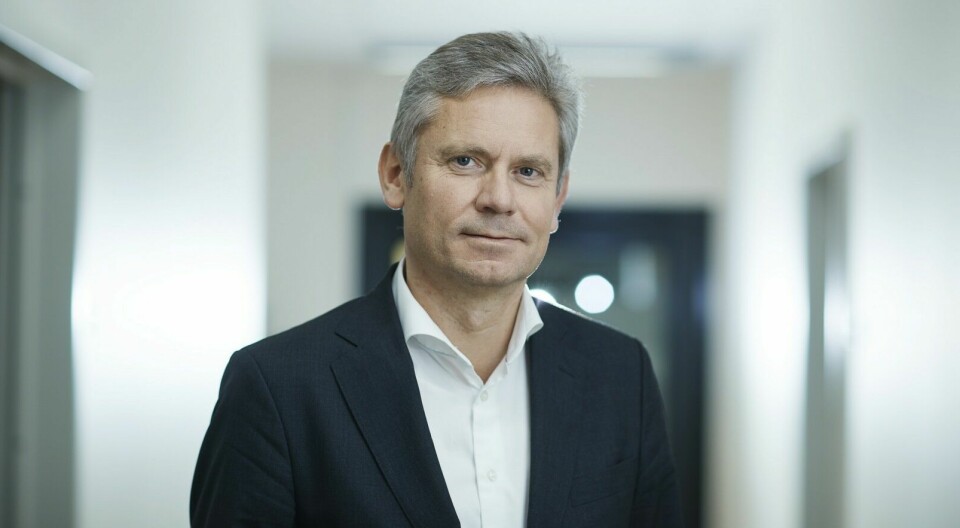
Norway salmon tax may curb vital investment, warns financial expert
‘We have to question whether the tax is the right measure now’
Substantial investment required in both land-based and in-sea technology could be threatened by the Norwegian government’s 40% extra “ground rent tax” on salmonid farmers, auditing and consulting company EY has indicated in its annual analysis of the country’s aquaculture industry.
In a period that has been marked by the tax and record high results in the industry, EY is trying to look towards 2030. Partner Eirik Moe said that the industry is experiencing a steadily increasing demand for its product, but production has stagnated due to regulatory requirements and environmental challenges.
“In this analysis, we take a closer look at how the industry will meet the demands of the market, society and investors. We assess ‘worst case’ and ‘best case, scenarios up to 2030,” said Moe.
“If the aquaculture industry is to become one of the legs we will stand on after oil, large investments in new technology and production methods are required. We have to question whether the ground rent tax is the right measure now to ensure the earnings and supply of risk capital that is necessary for further sustainable development of the salmon industry.”
Biological breakthrough
In the ‘best case’ scenario, EY points out, among other things, that Norway – the world’s biggest salmon farmer - needs a biological and technological breakthrough in land-based farming on a large scale, and fish of 3-6 kg, with associated growth in the number of facilities. It also requires significant growth in investments in the number of closed and semi-closed aquaculture facilities in fjords and at sea. This requires large investments and that the industry attracts the best expertise.
If we are to succeed in turning the aquaculture industry into the skills and growth industry of the future, the actors must share data and analyses among themselves
“If we are to succeed in turning the aquaculture industry into the skills and growth industry of the future, the actors must share data and analyses among themselves, so that we can deal with the environmental and lice problems, with the help of insightful data. This way we can ensure that we only treat the fish that actually have lice. This will be able to reduce mortality from over 15% to around 5% and consequently increase profitability, while at the same time improving conditions for the fish,” said Moe.
Should “everything” go wrong, EY also points to what the aquaculture industry will look like in 2030. Norway will have an industry that is unattractive to investors and younger people in their career choices. That is, an industry with inefficient systems and lice problems with a lack of data sharing and digitalisation.
Good framework conditions
“Lack of use of new technology has the consequence that there are no improvements in the growth rate of the fish. That will be a problem. In terms of sustainability, something must also be done about using the whole fish. If we are in 2030 and we still throw away parts of the fish, it is wasting resources, rather than creating new valuable bioproducts,” said Moe.
“International cooperation between suppliers and authorities is needed to solve challenges. Aquaculture is a global industry. Salmon make up only a small part of aquaculture in the world, but the salmon industry is, as a result of its biological properties, well suited for farming, and thus a particularly important species for improving efficiency also in farming other species.
“Norway’s position as an aquaculture nation requires that we continue to facilitate that the Norwegian players have good framework conditions, so that they are not outcompeted by foreign competitors.”
Read the EY analysis here.






















































